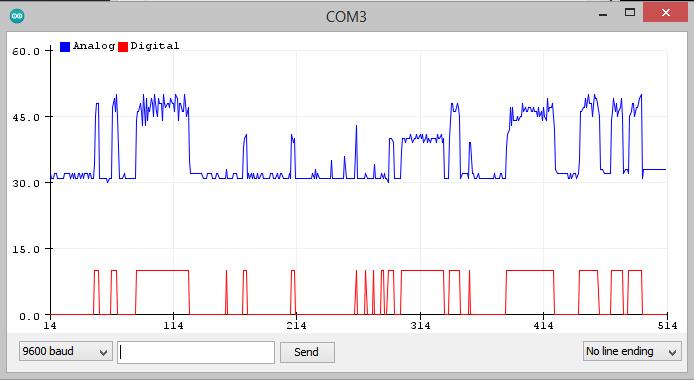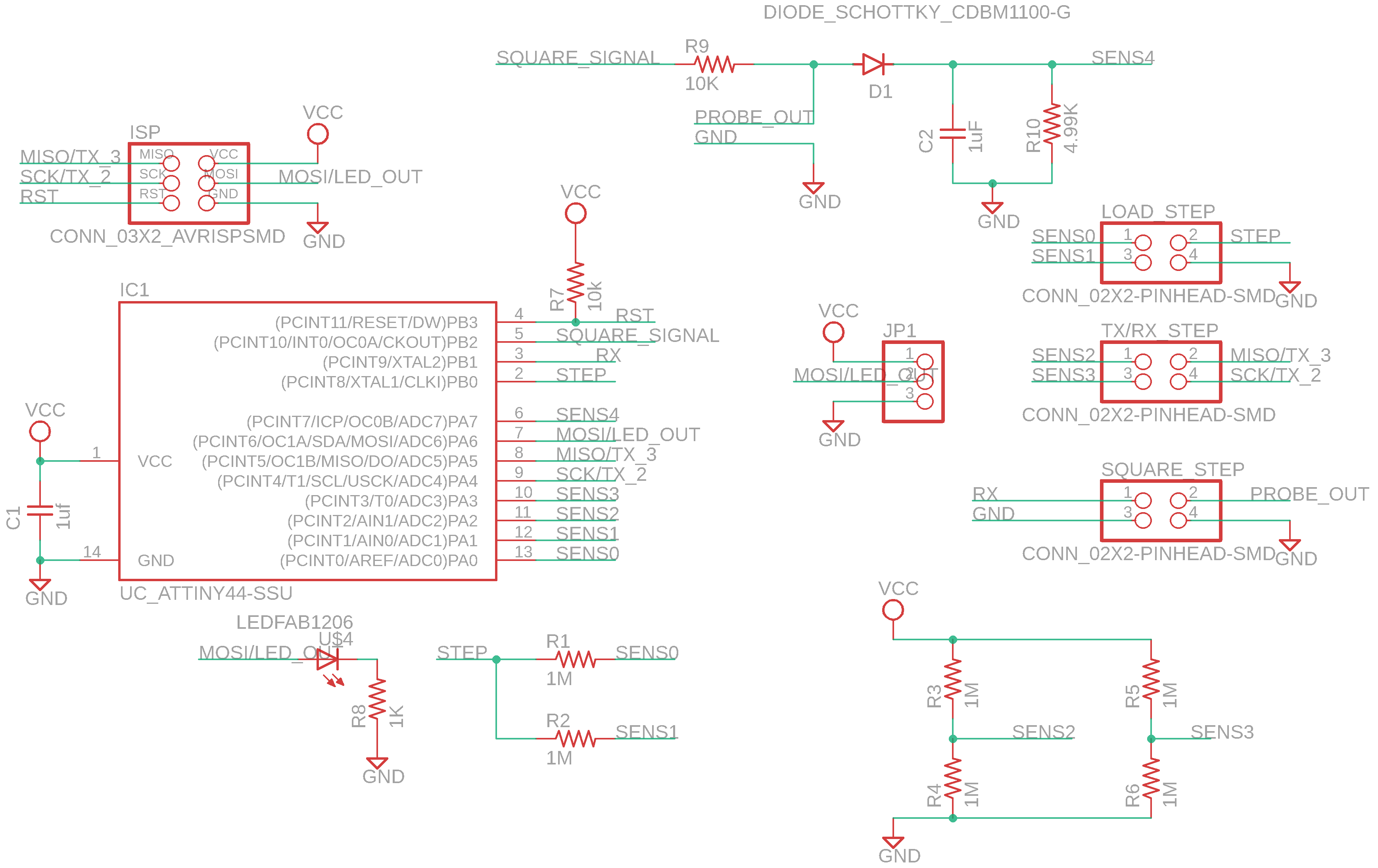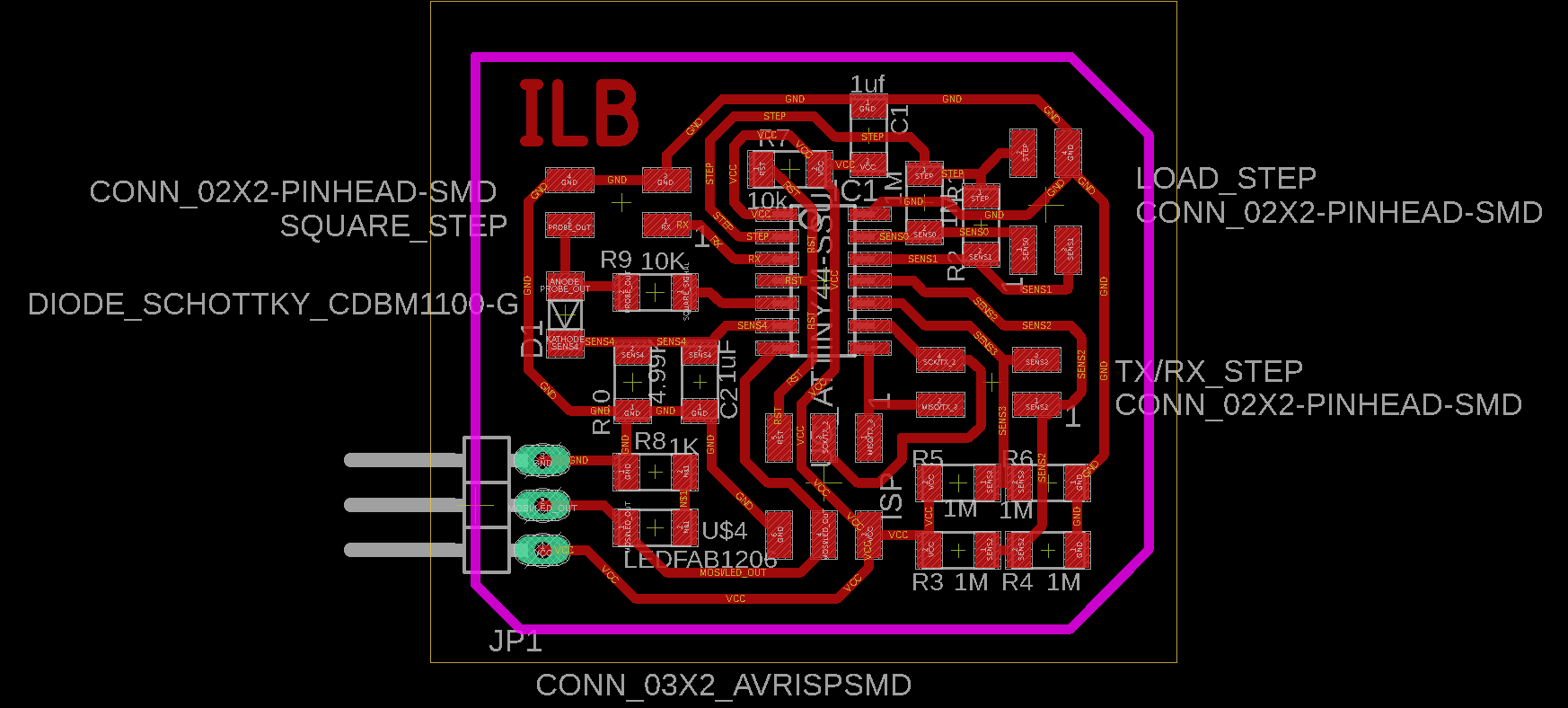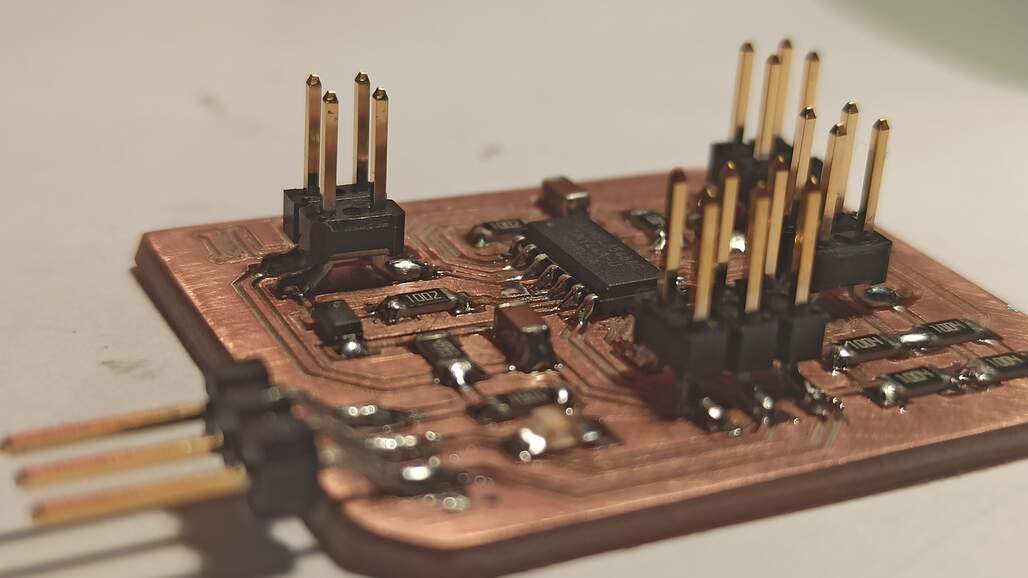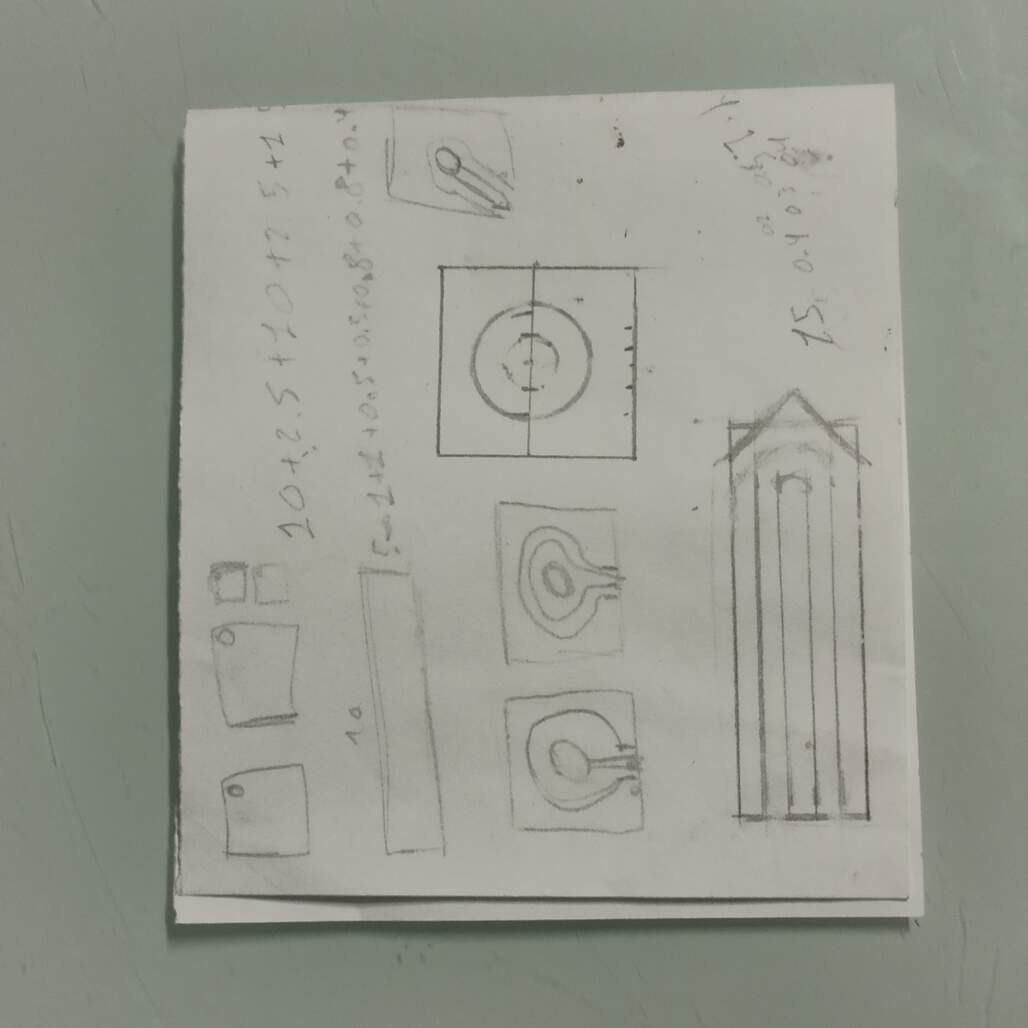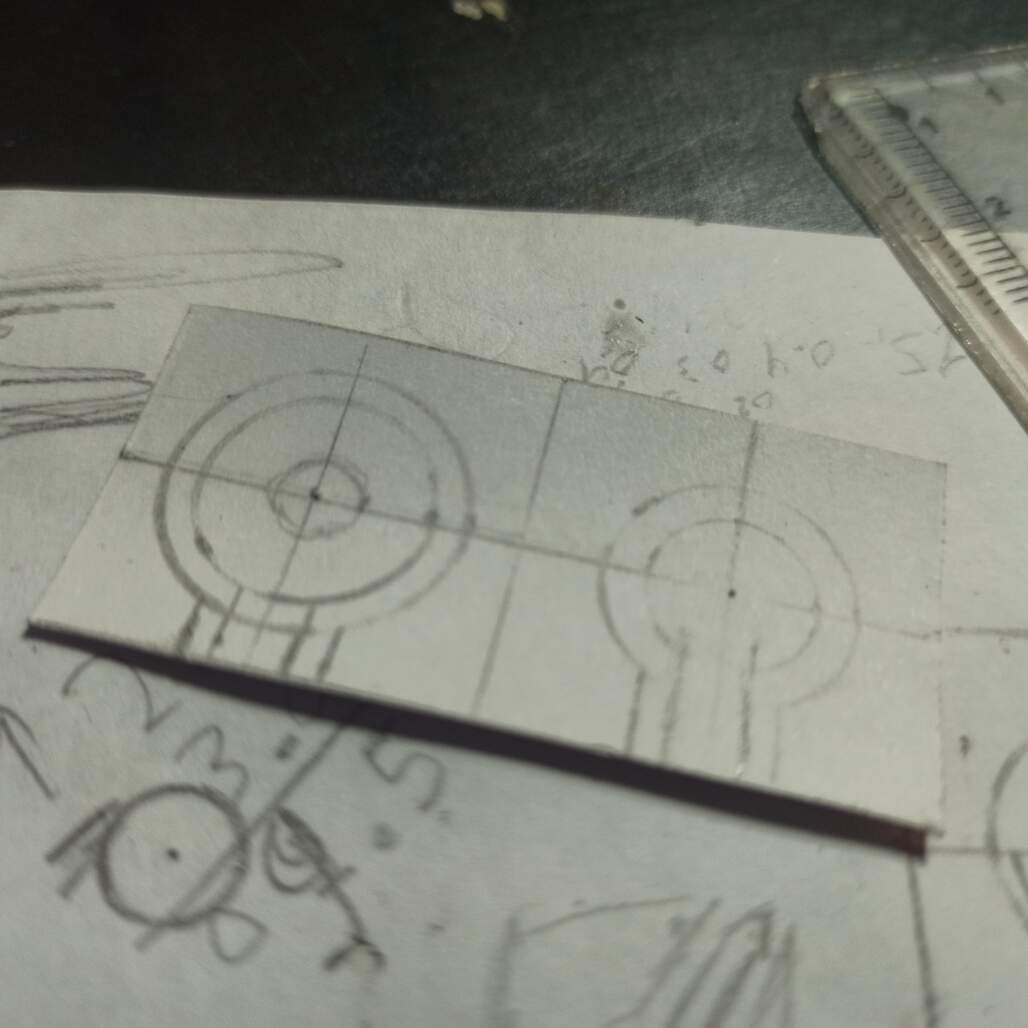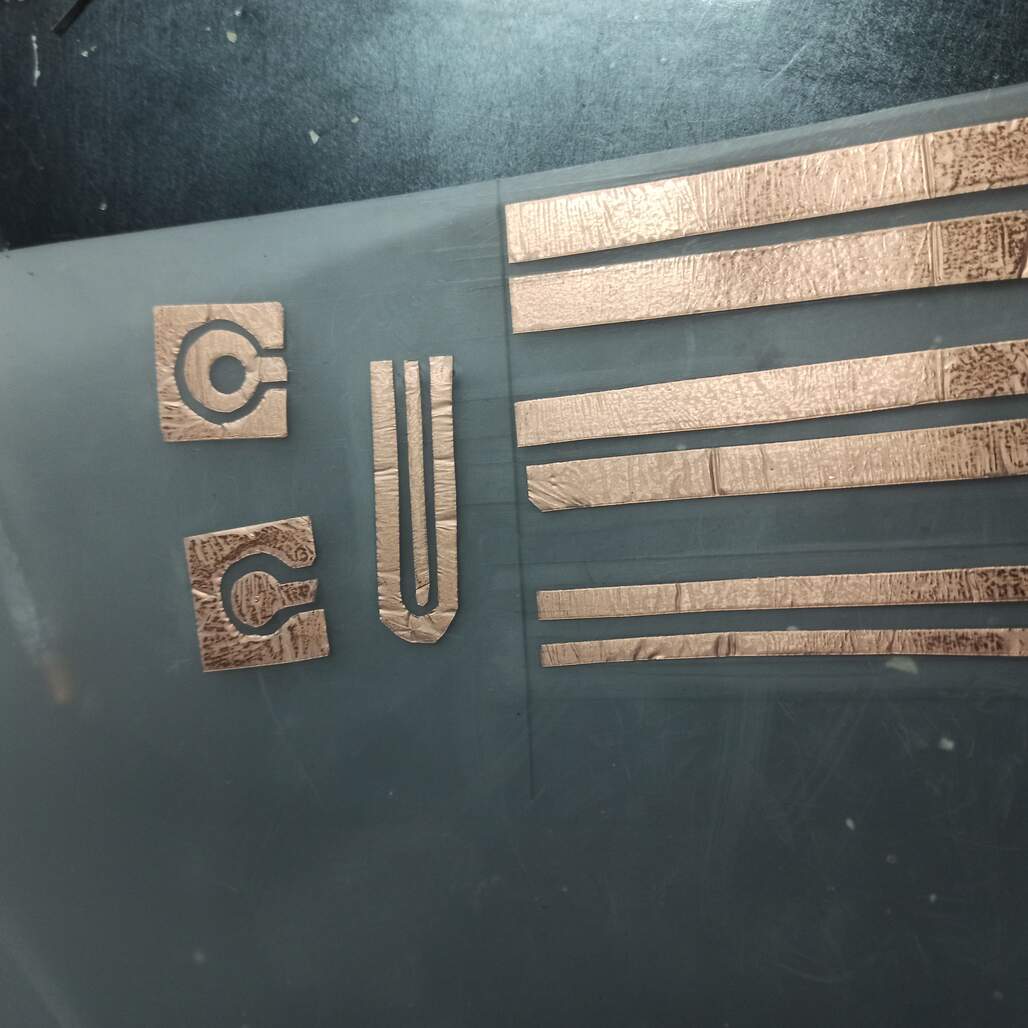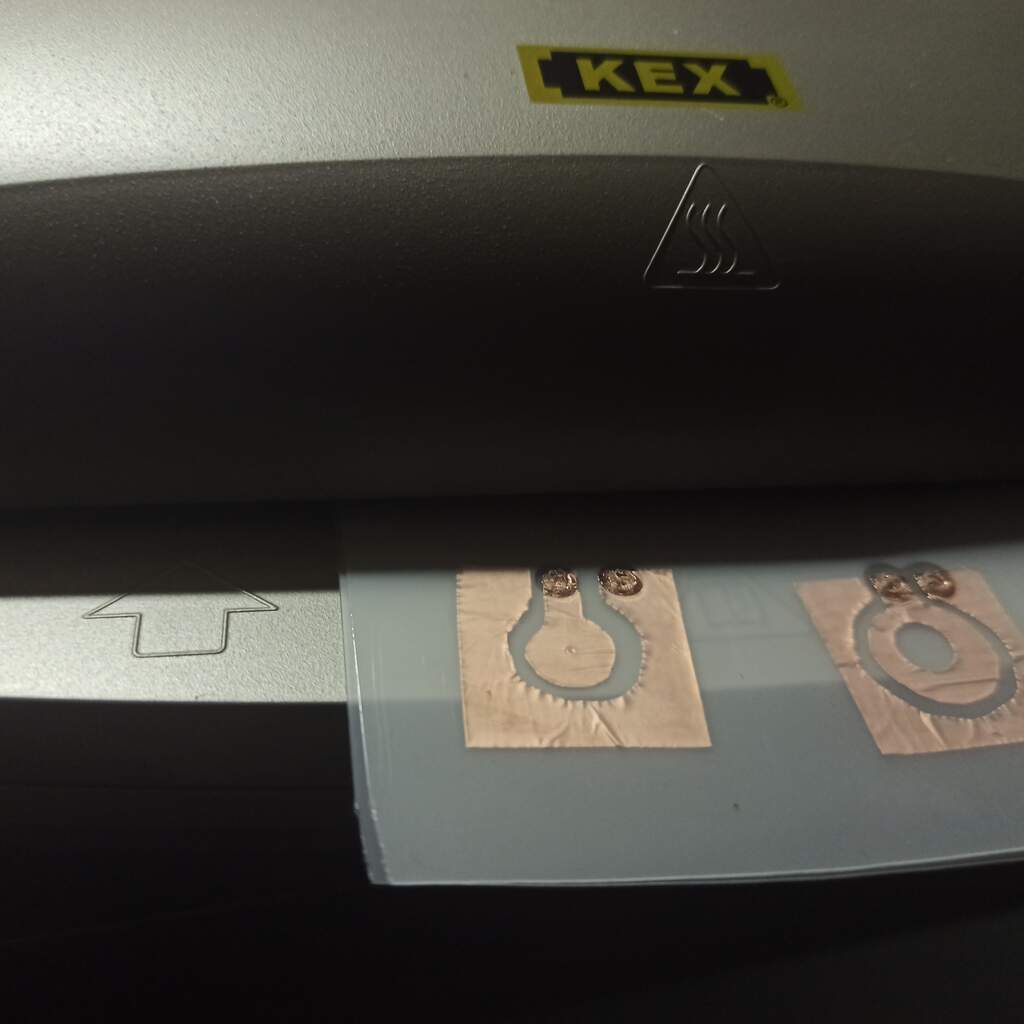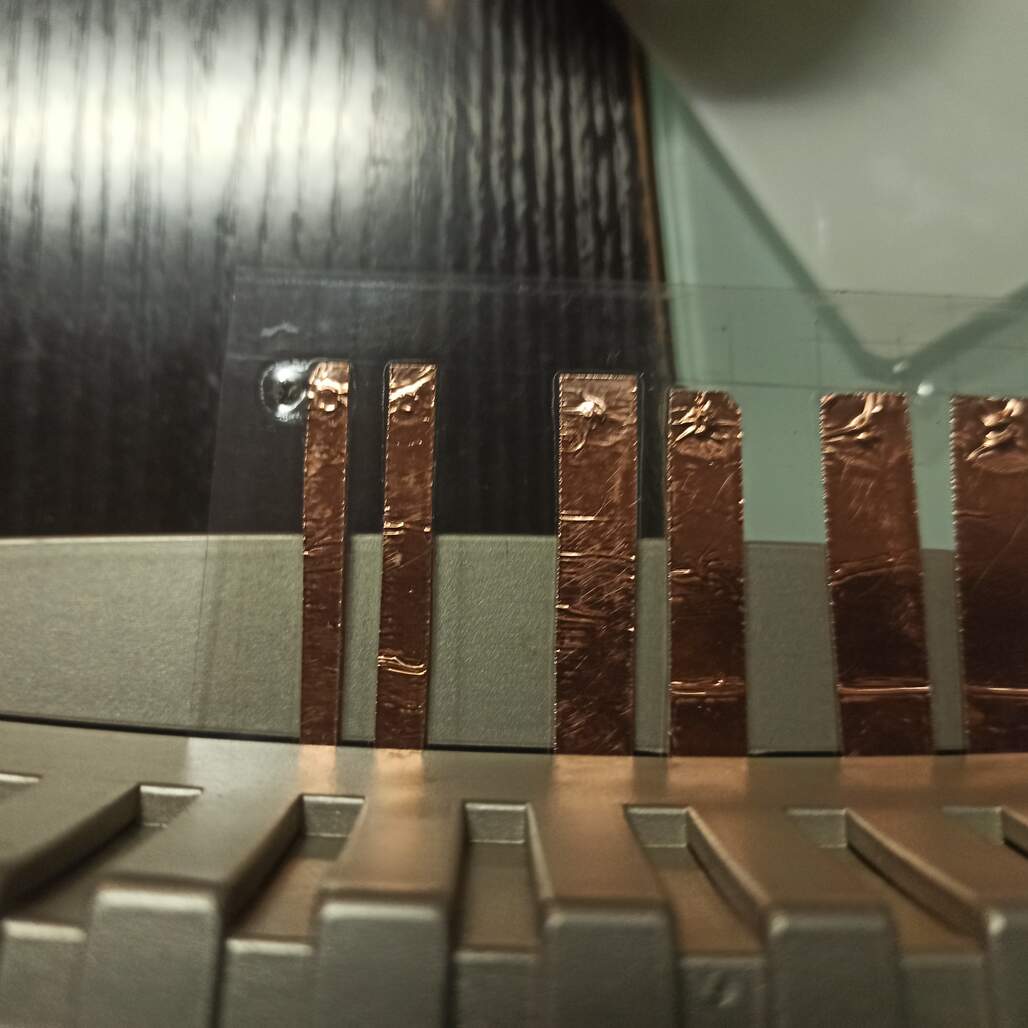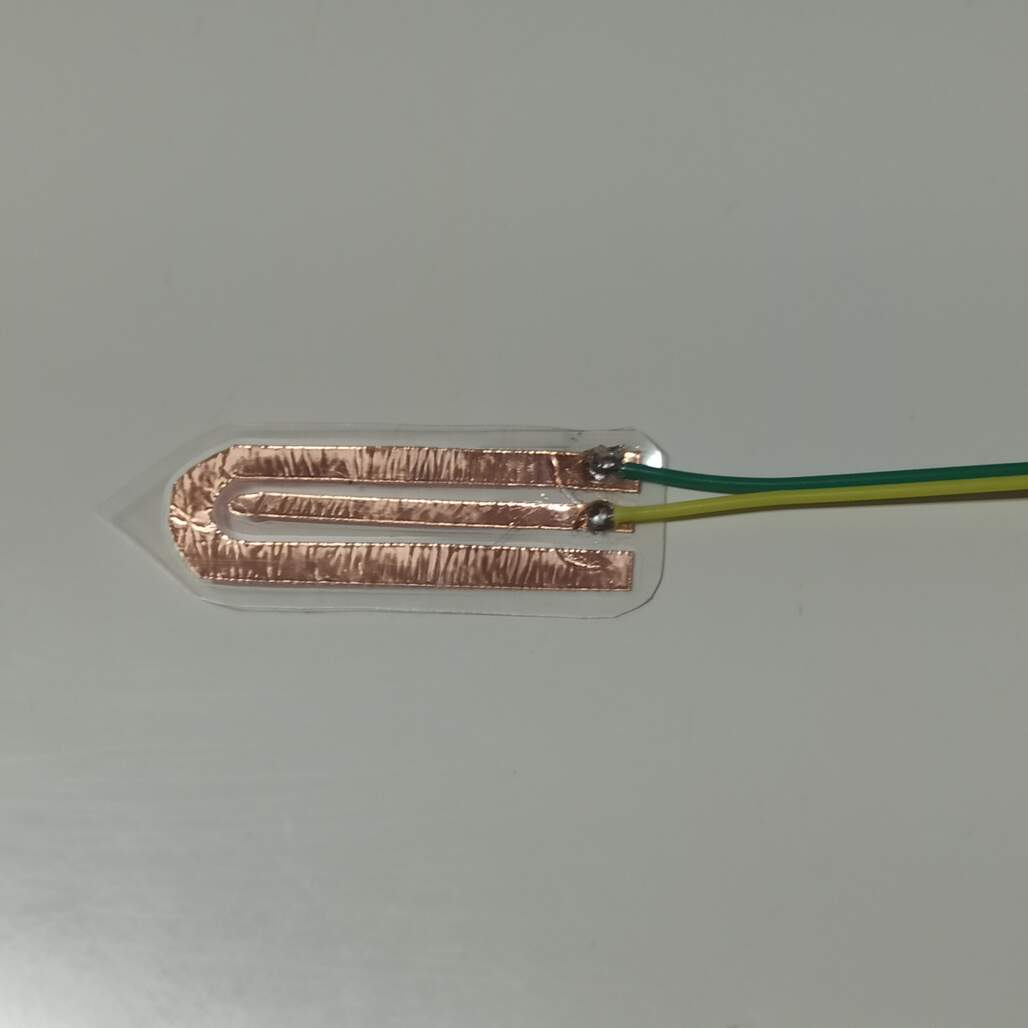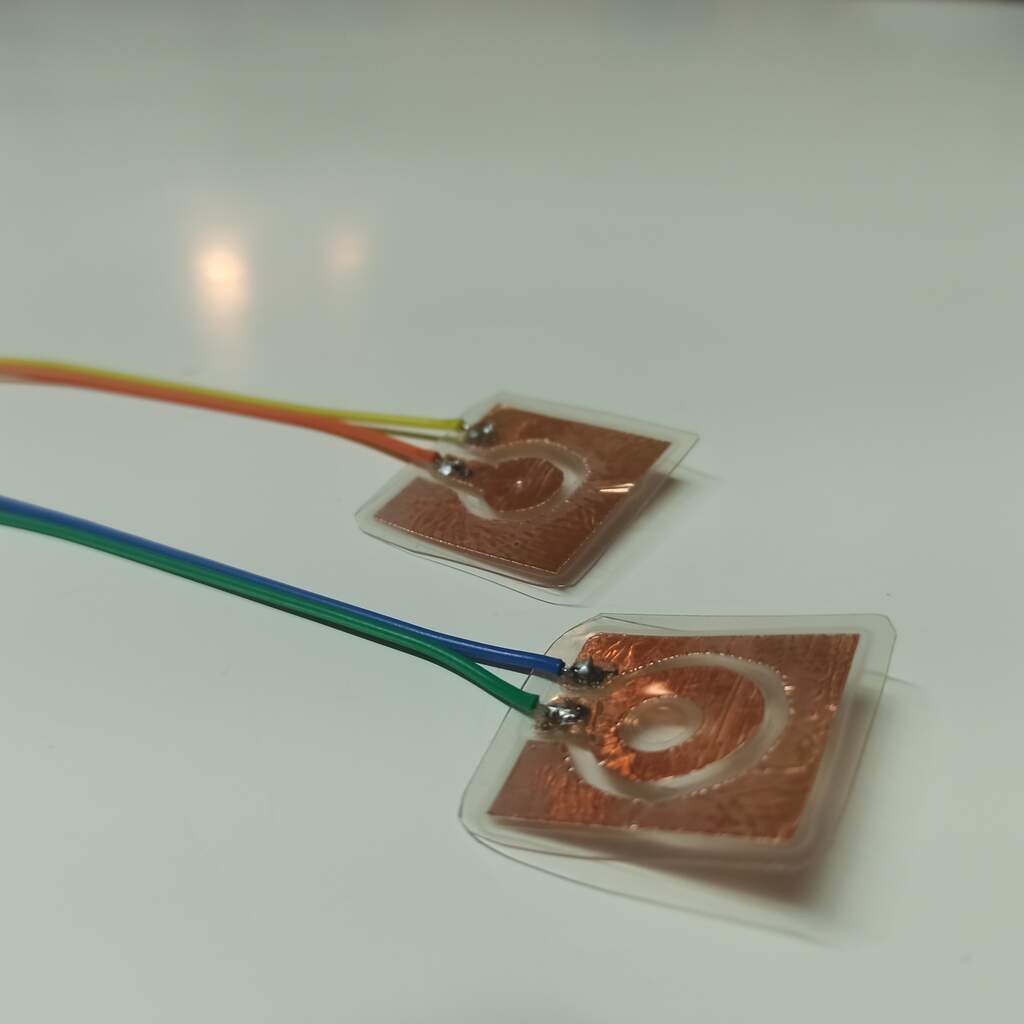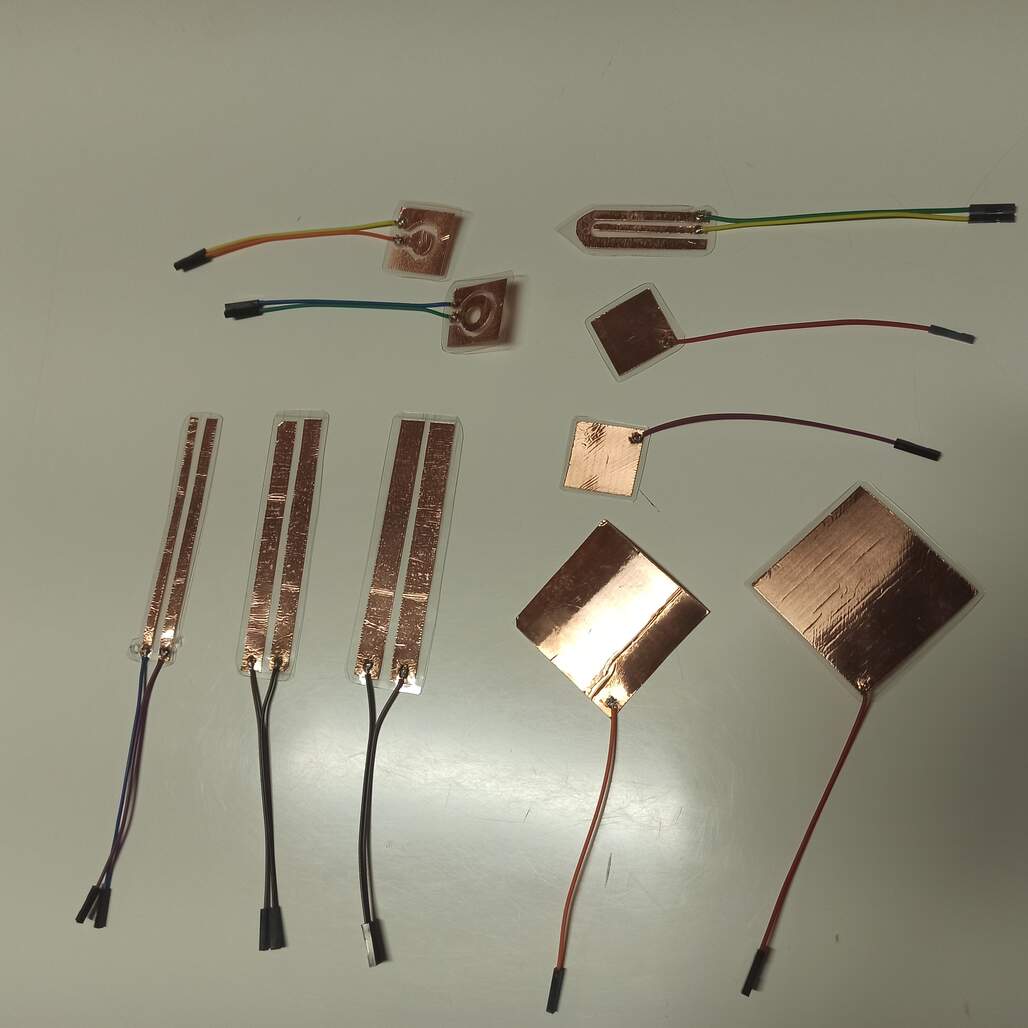Programming
After some troubleshooting (you can see the details here), I manage to establish a connection between the FabTinyISP and the ATtiny44 in order to program it. I use PlatformIO and the VScode IDE to develop the code.
The first thing was to install the SendOnlySoftwareSerial library, that allows you to only use 1 pin to send data and only implements send functions.
Then I create a sketch that test the serial communication and it didn't work, the PlatformIO pinot some how is different and it uses the alternative pinout detail on the next image.

Using this pinout I was able to get the serial communication working and start with the sensor interfacing. The load sensor work just a bit when trying with the AnalogRead() function, but then I use direct port manipulation to the step and also to control the ACD. But the output value was noisier and difficult to use as a reliable input, by analyzing Neil's .c and .py code I found that a 'filter' implemented on the python code, maybe implementing that on the microcontroller will 'clear' the signal, but I decided to test the other sensing methods.
The transmit-receive method work a lot easier, using Neil's code as reference I was able to get a stable and clean reading, by connecting my own touch sensor I get a good reading on touch, this can also be used to measure water level but I didn't test it out yet.
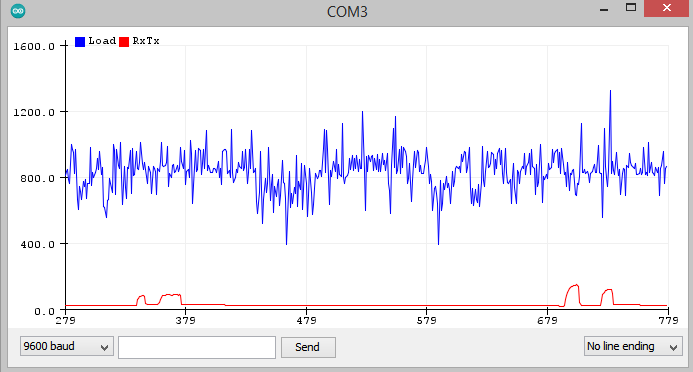
On this picture you can see the difference of the signals, when reading the load sensor (blue) and the transmit-receive sensor (red).
Also the third method that uses a RC circuit to sense the change on capacitance of the probe. For this I need to generate a square wave on the output pin and sense the voltage on the input pin.
To set up the square wave generation I use the timer/counter 0 on Clear Timer on Compare (CTC) Mode. And enable the Compare Output Mode to toggle on compare match for the OC0A pin. And set the OCRA to 0, to generate the highest frequency possible, and this setup you can change OCRA to modify the output frequency if needed.
Get the .cpp file
